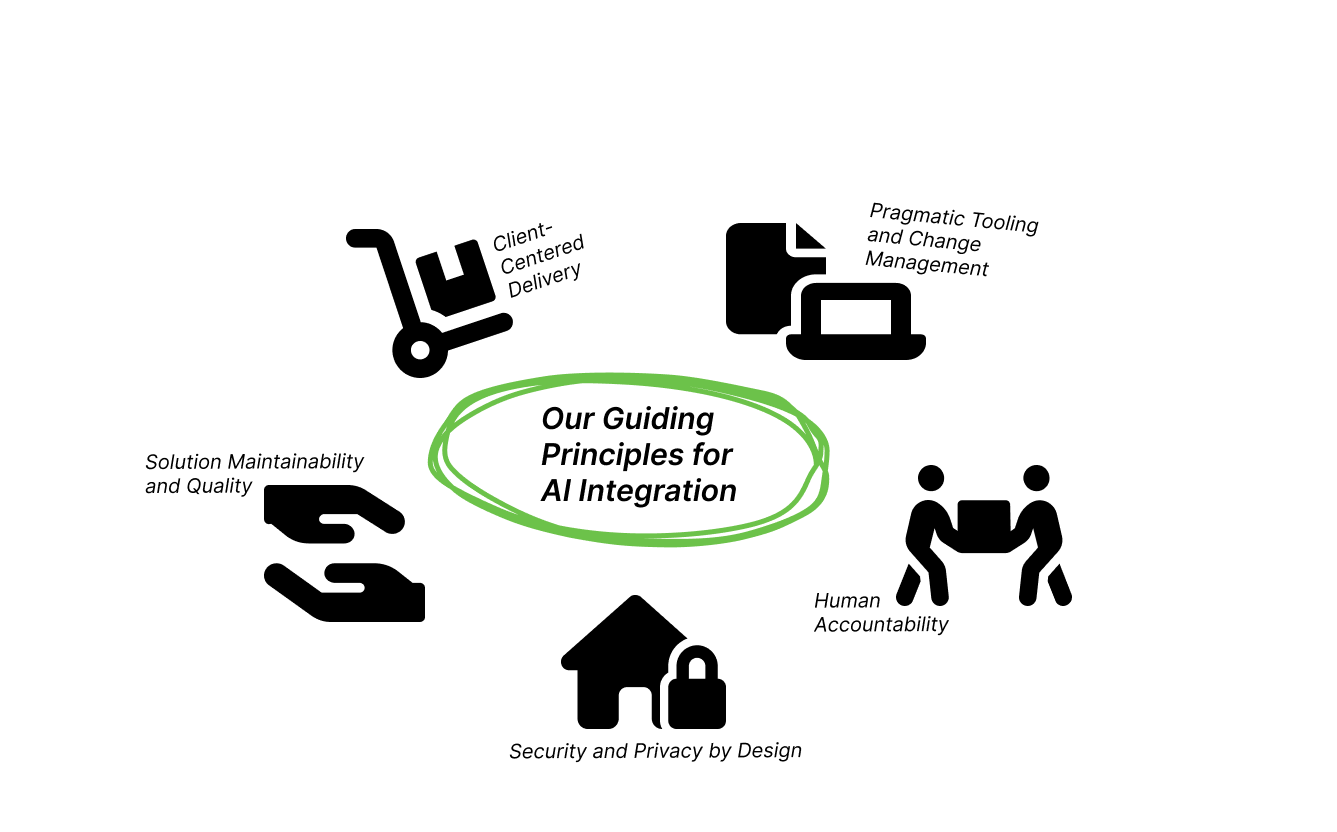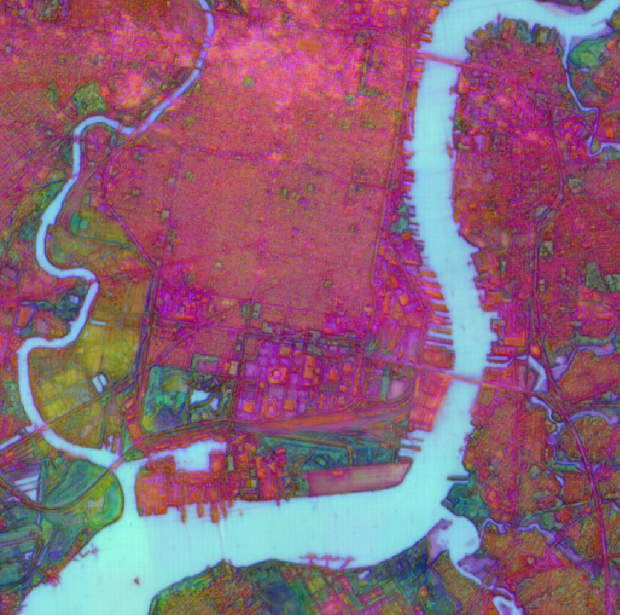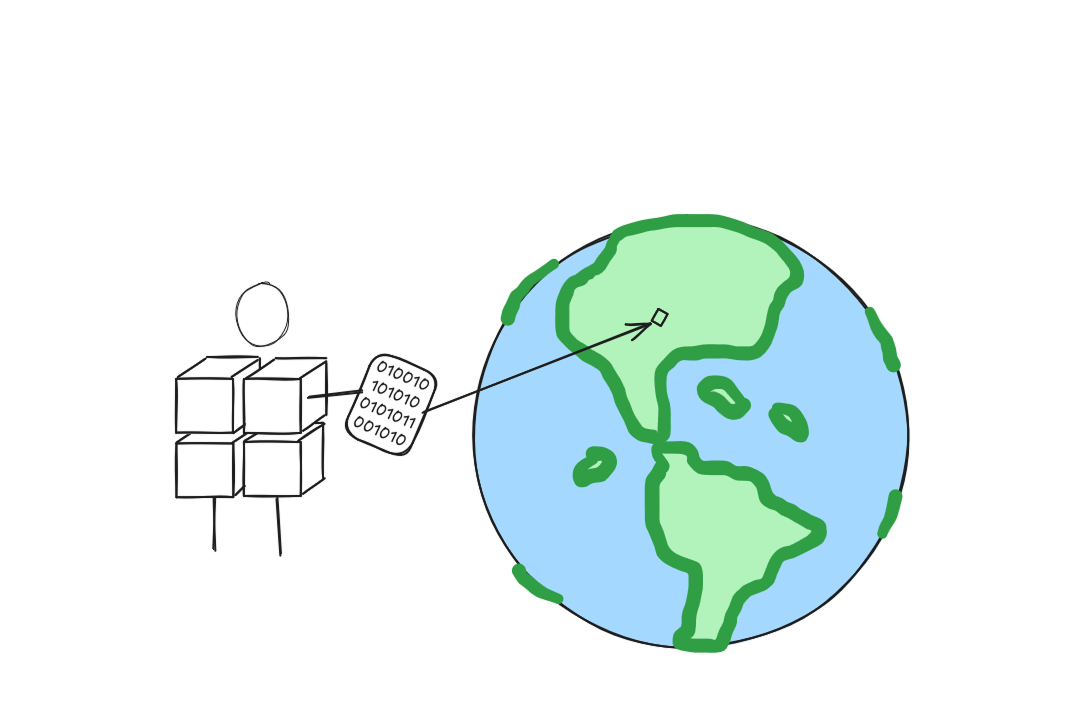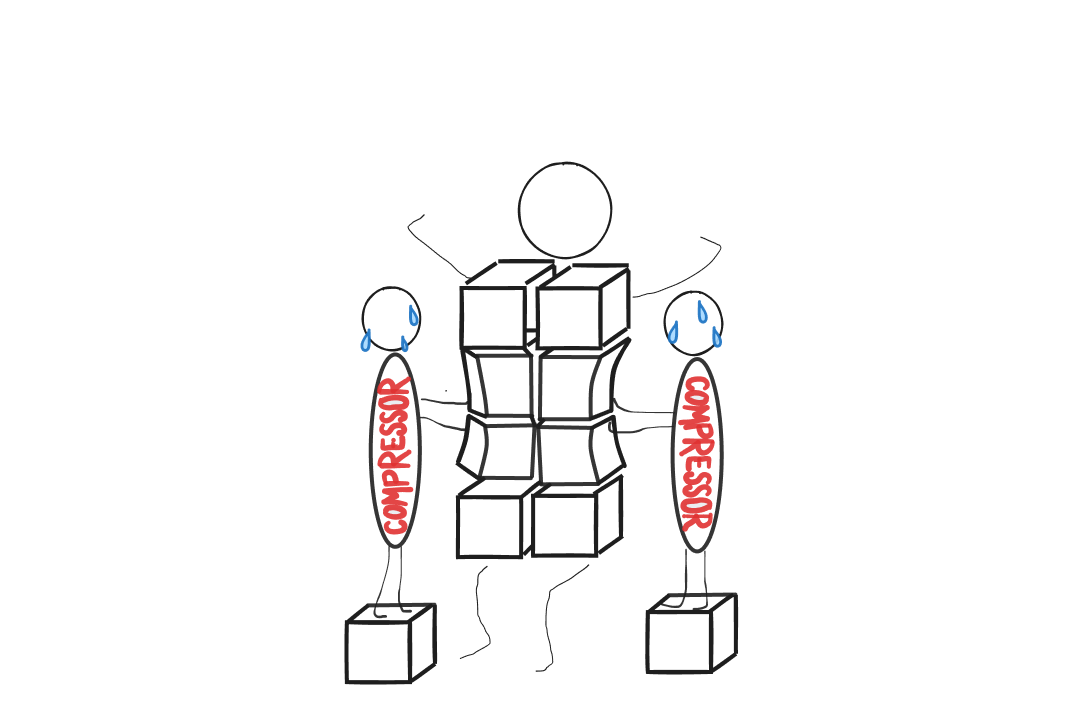Software Engineering
<- Return to all blogs
-

Beyond the Hype: Element 84’s Pragmatic Vision for AI in Engineering
At Element 84, we’ve always been focused on solving our clients’ most complex geospatial problems with high-quality, reliable, and scalable software. We’re excited about AI’s potential to accelerate development and allow our engineers to focus their creative energy on core problem-solving. To achieve that without sacrificing our quality and reliability, our approach is centered around…
-
Beyond the Hype: Element 84’s Pragmatic Vision for AI in Engineering
At Element 84, we’ve always been focused on solving our clients’ most complex geospatial problems with high-quality, reliable, and scalable software. We’re excited about AI’s potential to accelerate development and allow our engineers to focus their creative energy on core problem-solving. To achieve that without sacrificing our quality and reliability, our approach is centered around…

-
STAC: A Retrospective, Part 2 (Why STAC was Successful)
In Part 1 of this series we covered the origin story of STAC, exploring the history and the initial sprints that created the spec. Now, it’s time to cover the how and the why of its success.

-
Introducing Natural Language Geocoding v0.1.0: An LLM-Enabled Geocoding Database
The landscape of geospatial AI is rapidly evolving. Many organizations are building LLM-powered solutions that tackle complex geospatial problems and answer sophisticated questions about our planet. These agentic approaches allow LLMs to autonomously select from toolsets that include geospatial tools, Earth Observation (EO) catalogs, and EO data processing capabilities. The result? Systems that can process…

-
Chunks and Chunkability: An Origin Story
If you accept that we are living through the Tyranny of the Chunk, then you might be wondering how we got to this place. Who created the first chunks and what was their motivation? As we explore the history of different data formats we’ll see recurring patterns of thinking around how much information to consolidate…

-
Chunks and Chunkability: Tyranny of the Chunk
We discuss our attempt to understand chunks and chunking more deeply including where we are today and where we might go from here.

-
Perceived Gaps in Earth Observation
At Element 84, our team looks forward to the Spring season and the return of a busy conference schedule every year. Our time attending, presenting, and learning at conferences helps us to feel connected and plugged into trends in the geospatial industry and beyond. It also allows us to receive feedback on our team’s latest…




